Archives
- 2025-12
- 2025-11
- 2025-10
- 2023-07
- 2023-06
- 2023-05
- 2023-04
- 2023-03
- 2023-02
- 2023-01
- 2022-12
- 2022-11
- 2022-10
- 2022-09
- 2022-08
- 2022-07
- 2022-06
- 2022-05
- 2022-04
- 2022-03
- 2022-02
- 2022-01
- 2021-12
- 2021-11
- 2021-10
- 2021-09
- 2021-08
- 2021-07
- 2021-06
- 2021-05
- 2021-04
- 2021-03
- 2021-02
- 2021-01
- 2020-12
- 2020-11
- 2020-10
- 2020-09
- 2020-08
- 2020-07
- 2020-06
- 2020-05
- 2020-04
- 2020-03
- 2020-02
- 2020-01
- 2019-12
- 2019-11
- 2019-10
- 2019-09
- 2019-08
- 2019-07
- 2019-06
- 2019-05
- 2019-04
- 2018-07
-
br Method br Results br Discussion The present evaluation of
2019-06-06
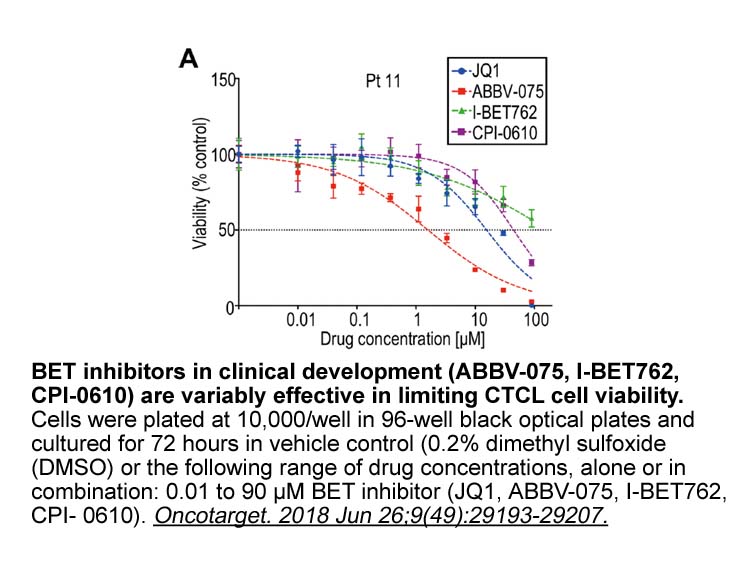
Method Results Discussion The present evaluation of ΔFCL in chronic AF patients over a long-term observation ionophore revealed a few interesting findings. First, at the end of the 6-year observation period, the mean FCL had prolonged from 154±20ms to 187±37ms in patients with ARB therapy
-
The nutrition support team NST estimated his nutritional sta
2019-06-06
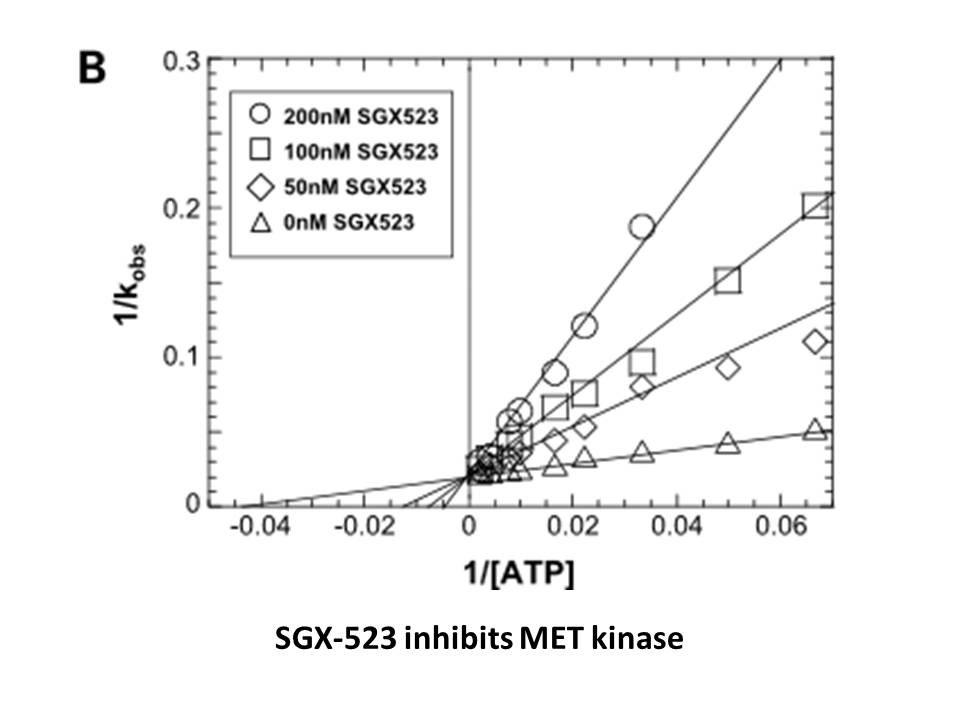
The nutrition support team (NST) estimated his nutritional status and began the intervention. An inadequate calorie intake (due to swallowing difficulty) induced malnutrition in the patient; his bodyweight (BW) loss exceeded 8% in 3 months, his body mass index (BMI) was 21 kg/m2, triceps skinfold th
-
Introduction Several types of cancers including those origin
2019-06-06
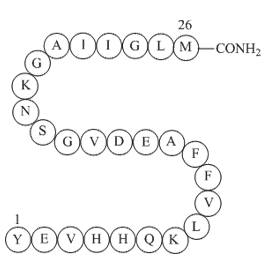
Introduction Several types of cancers, including those originating in the breast, prostate, and lung, have a propensity to metastasize to the bones [1,2]. Bone metastases severely impair skeletal metabolism, and result in important clinical sequelae, such as excruciating chronic bone pain and the s
-
An incisional biopsy was undertaken Peri operative
2019-06-06
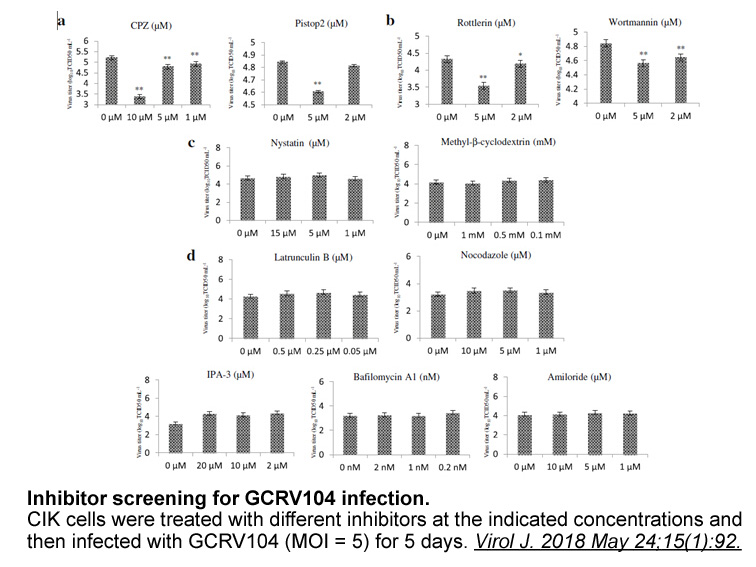
An incisional biopsy was undertaken. Peri-operative examination of the lesion revealed an expansile tumor mass brownish in color with focal whitish areas (Fig. 3). The lesion could be delineated from the surrounding cortical bone, and surrounding soft tissues. Histopathologically the biopsy material
-
br Conflict of interest statement br Acknowledgments The aut
2019-06-06
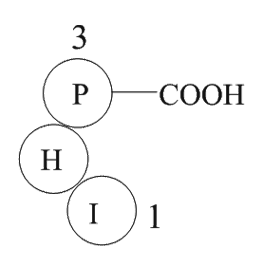
Conflict of interest statement Acknowledgments The authors would like to thank Dr. Bjørn Naume, and Dr. Erik Løkkevik from the Department of Clinical Oncology, the Norwegian Radium Hospital for their helpful comments. This study was supported by grants from the Norwegian Radium Hospital Founda
-
microtubules br Methods br Results br Discussion br
2019-06-06
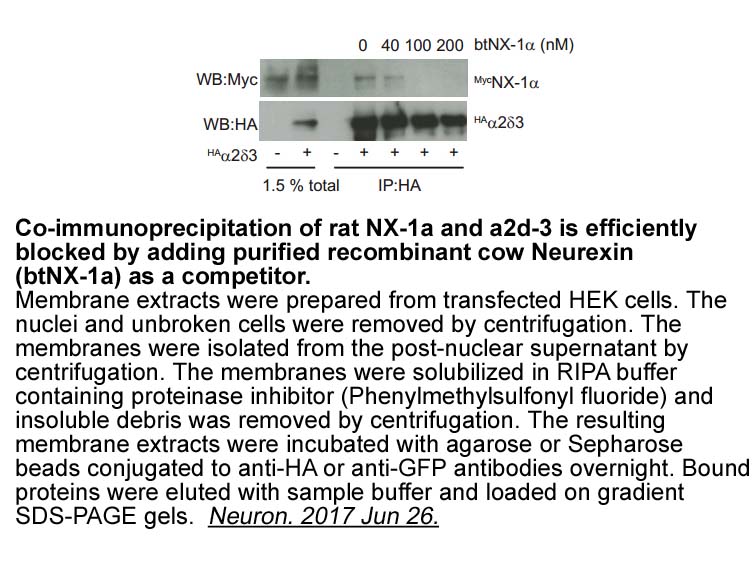
Methods Results Discussion Conclusions Conflict of interest Acknowledgments We thank Mr. John Martin for his linguistic assistance, and Mr. Jiro Suto for technical assistance in developing the QRS-T subtraction program. This study was supported by the Fukuda Foundation for Medical
-
br Conclusion br Conflict of interest
2019-06-06

Conclusion Conflict of interest Case report A 65-year-old woman with permanent atrial fibrillation was admitted with diastolic pgp inhibitors failure (HF) secondary to rapid ventricular response. She had undergone single chamber pacemaker implantation (Boston Scientific Ingenio SR) two yea
-
br El fuego como fuerza destructora end gena Seg
2019-06-06
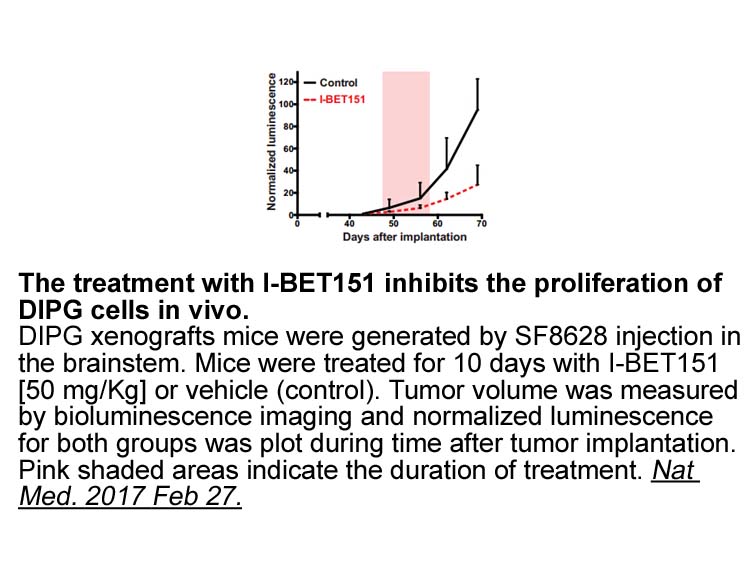
El fuego como fuerza destructora endógena Según Elizabeth Monasterios Pérez, la poesía de Pacheco, al igual que la de Octavio Paz, por ejemplo, se nutre de cosmología prehispánica. Con todo, prosigue Monasterios Pérez, Pacheco se demarca de Paz mediante la configuración de un “principio apocalípt
-
br Conflicts of interest br
2019-06-06
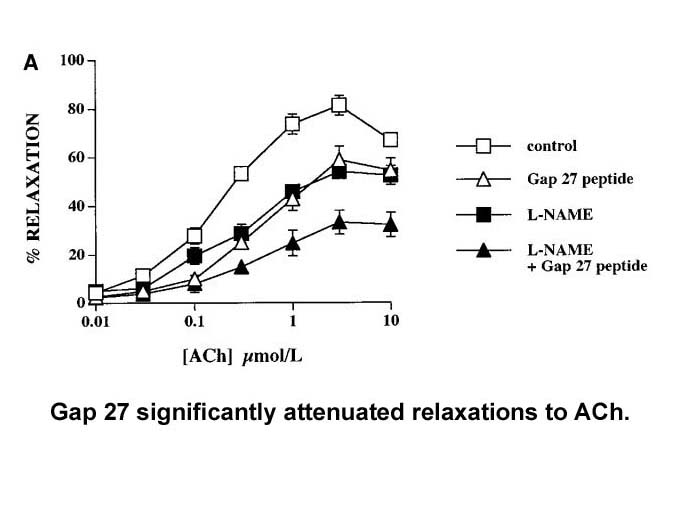
Conflicts of interest Acknowledgment This work was supported, in part, by a grant from the Experimental Research Center ELPEN (Y97/2-12-2013). The funding source had no involvement in the study design, in the collection, analysis and interpretation of data, in the writing of the report, and in
-
Romiplostim is an Fc fusion protein that augments thrombopoi
2019-06-06
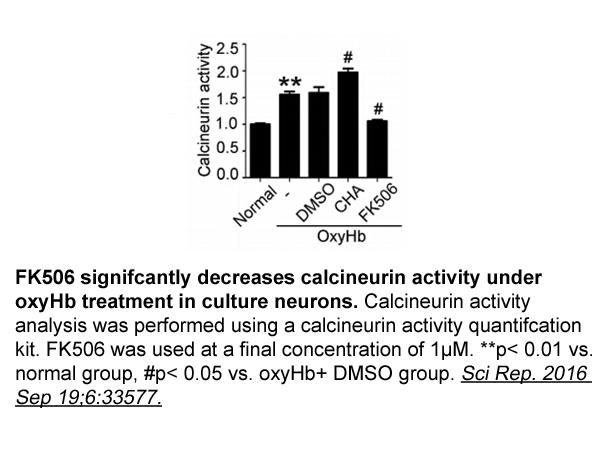
Romiplostim is an Fc-fusion protein that augments thrombopoiesis by binding to and activating the thrombopoietin receptor. It is approved for the treatment of thrombocytopenia in patients with chronic immune thrombocytopenic purpura who have had an insufficient response to corticosteroids, immunoglo
-
br Materials and methods Eculizumab levels were measured at
2019-06-06

Materials and methods Eculizumab levels were measured at Cambridge Biomedical using a manual ELISA method in which the microtitre plates are coated with C5, then blocked. Standards, controls, and unknowns were added. After incubation and washing, mouse anti-human IgG4 horseradish peroxidase (HRP)
-
Adhesive interactions Adhesive interactions between
2019-06-05
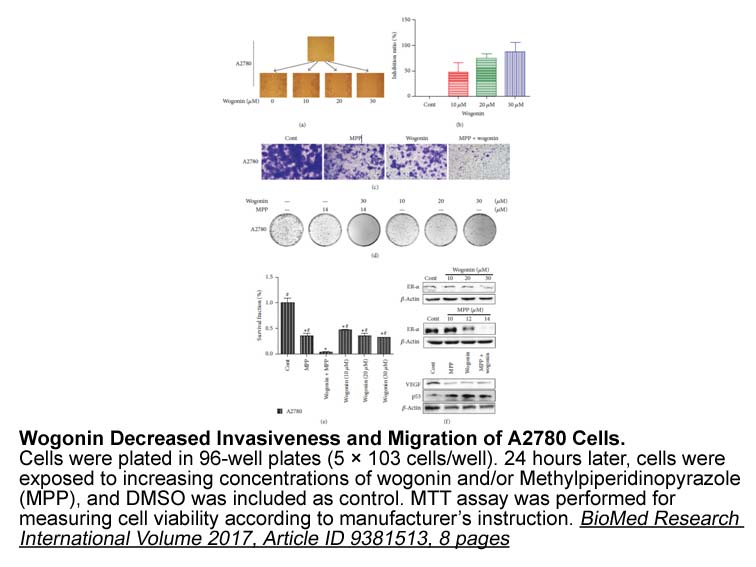
Adhesive interactions: Adhesive interactions between myeloma AMI5 inhibitor cost and stromal cells play a significant role in both the homing of MM cells to the bone marrow and augmentation of the bone destructive process. These adhesive interactions result in activation of NF-κB and p38 MAP-kinase
-
br Conclusion br Conflict of interest br
2019-06-05
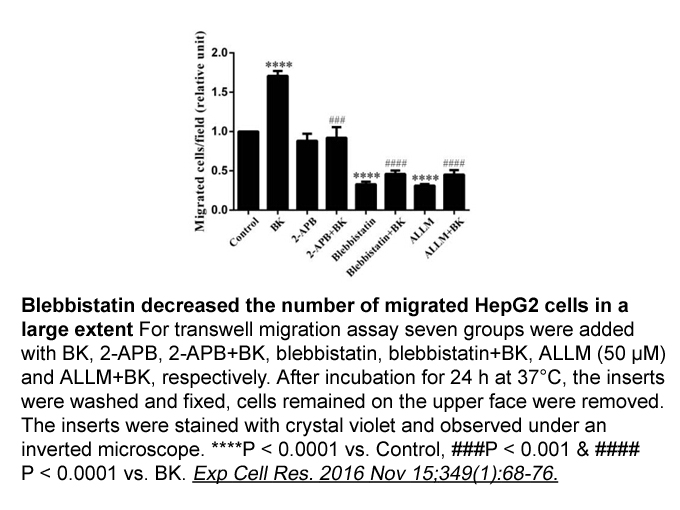
Conclusion Conflict of interest Case report He was transferred to our hospital due to cardiopulmonary arrest at age 45. An electrocardiogram revealed ventricular fibrillation, and sinus rhythm was restored by cardiac defibrillation. After intensive therapy, we planned an implantable cardiov
-
br Material and methods br Results br
2019-06-05
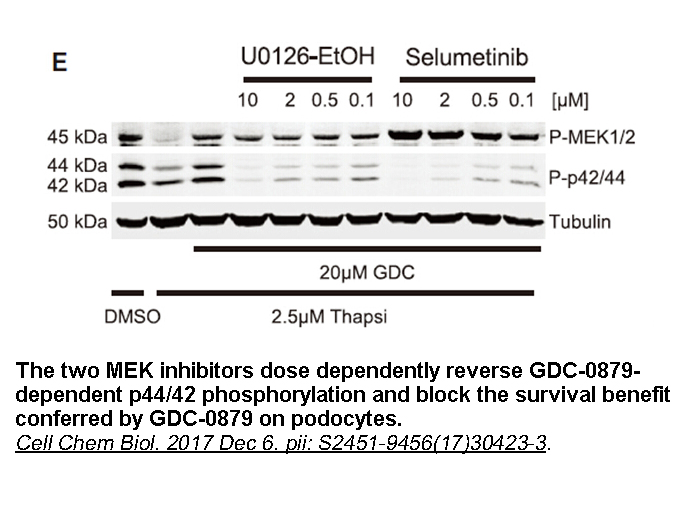
Material and methods Results Discussion Conclusion Financial support Conflicts of interest Introduction Metabolic syndrome comprises a cluster of conditions, including obesity, insulin resistance, hypertension, and abnormal cholesterol levels, which together increase cardiovascu
-
br Conflict of interest br Acknowledgments br
2019-06-05
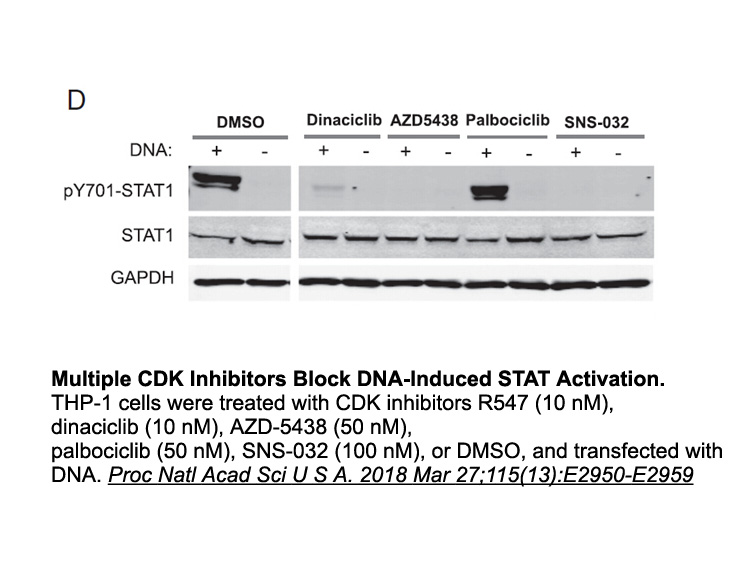
Conflict of interest Acknowledgments Background of basic genetics The human genome contains approximately 3 billion nucleotide mu opioid receptor pairs contained in 23 chromosome pairs. Each chromosome contains hundreds to thousands of genes and the estimated 30,000 genes in the human geno
11267 records 728/752 page Previous Next First page 上5页 726727728729730 下5页 Last page